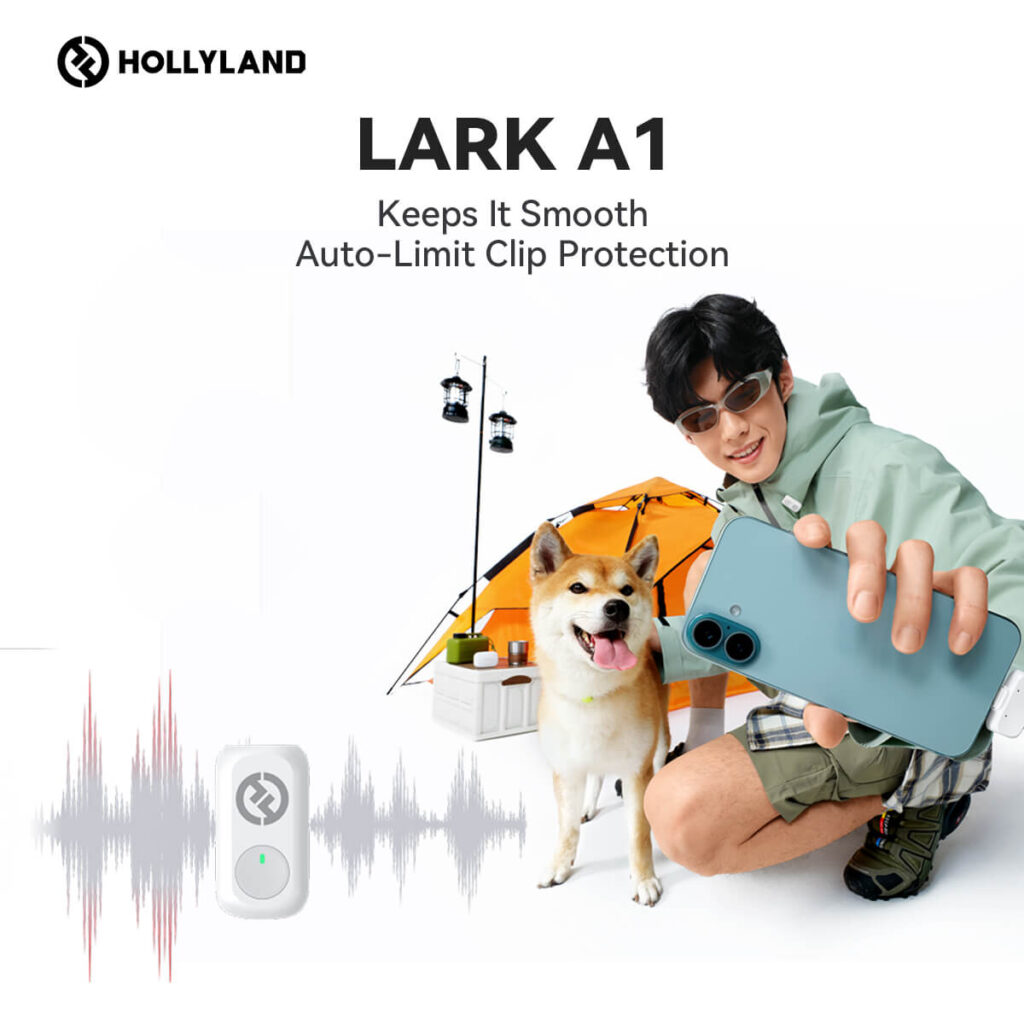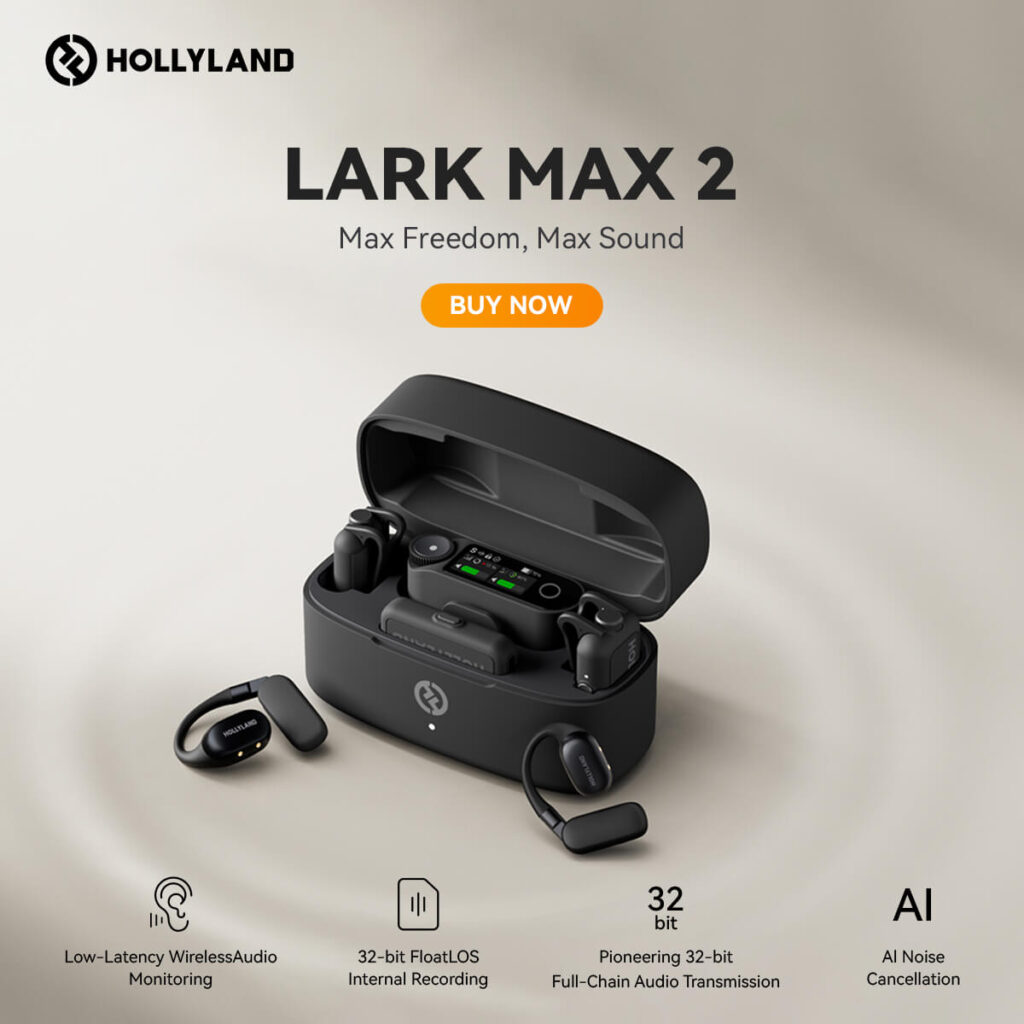In 2025, YouTube remains a dominant platform for content creators, offering opportunities to share passions, build communities, and generate income.
However, succeeding on YouTube requires more than just uploading videos; it demands strategic planning, consistent effort, and adaptability. This guide provides a step-by-step roadmap to help you embark on your YouTube journey.
1. Choose Your Niche Strategically

Selecting the right niche is foundational to your YouTube success. Choose topics you are passionate about and knowledgeable in, as this will sustain your motivation and credibility.
Use tools like Google Trends and YouTube’s search suggestions to gauge interest in potential topics. Analyze existing channels in your chosen niche to understand the content landscape and identify gaps you can fill.
Determine what sets your content apart and how to offer unique perspectives or formats.
2. Develop a Robust Content Strategy
A well-defined content strategy ensures consistency and relevance. Define what you aim to achieve: brand awareness, community building, or monetization. Create viewer personas to tailor content that resonates with their interests and needs.
Decide on formats like tutorials, vlogs, reviews, or interviews that suit your niche and audience preferences. Schedule your content to maintain consistency and manage production timelines effectively.
3. Optimize Your Channel for Growth
Optimizing your channel’s setup is crucial for attracting and retaining viewers. Choose a name that reflects your content and is easy to remember. Develop a cohesive visual identity, including a logo, banner, and thumbnail templates.
Clearly articulate what your channel offers and include relevant keywords for discoverability. Group related videos into playlists to enhance user experience and increase watch time.
4. Utilize Accessible Production Tools
Starting with accessible equipment allows you to focus on content quality without significant investment. Use a smartphone with a good camera or an entry-level DSLR/mirrorless camera. Invest in an external microphone for clear audio, vital for viewer retention.
To ensure well-lit videos, utilize natural light or affordable softbox lights. Begin with user-friendly editing tools that offer essential cutting, transitions, and color correction features.
5. Master Recording and Editing Techniques
Effective recording and editing enhance the professionalism of your content. Outline scripts or bullet points to maintain focus and coherence. Ensure your subject is well-framed, and the background is uncluttered.
Keep videos concise, use engaging visuals, and appropriately incorporate music or sound effects. Include subtitles and on-screen graphics to enhance accessibility and viewer understanding.
6. Implement SEO Strategies for Discoverability

Optimizing your content for search increases visibility. Identify relevant keywords using tools like YouTube’s search autocomplete and integrate them into titles, descriptions, and tags. Design eye-catching thumbnails and write clear, intriguing titles to encourage clicks.
Provide comprehensive video descriptions that include keywords and links to related content. Appropriately tag your videos and select the correct category to aid YouTube’s algorithm in recommending your content.
7. Establish a Consistent Publishing Workflow
Consistency builds audience trust and algorithm favorability. Decide on a realistic frequency (e.g., weekly, bi-weekly) and stick to it. Record and edit multiple videos in one session to streamline your workflow.
Use YouTube’s scheduling feature to publish videos at optimal times for your audience. Regularly check analytics to assess which content performs best and adjust your strategy accordingly.
8. Promote Your Content Effectively
Effective promotion increases reach without alienating potential viewers. Share your videos on platforms where your target audience is active, tailoring the message to each platform.
Participate in forums and groups related to your niche, offering value and subtly introducing your content. Partner with creators in your niche to tap into new audiences. Encourage Viewer Interaction by prompting viewers to like, comment, and share, fostering community and increasing visibility.
9. Analyze Performance and Adapt Accordingly
Data-driven decisions enhance content effectiveness. Track watch time, audience retention, click-through rates, and subscriber growth. Analyze viewer age, location, and viewing habits to tailor content accordingly.
Test different content types, formats, and posting times to identify what resonates best. Keep up with YouTube trends and algorithm updates to adapt your strategy.
10. Monetize Your Channel Strategically
Diversifying income streams ensures financial sustainability. Once eligible, enable ads on your videos to earn revenue. Promote products or services relevant to your niche and earn commissions.
Sell branded merchandise or offer services like coaching or consulting. Use platforms like Patreon to receive support from your audience. Partner with brands for sponsored content that aligns with your channel’s values.
How to Build a YouTube Content Calendar?
A content calendar helps you turn creative chaos into consistent output. One of the easiest methods is using a 4-week planning framework.
In Week 1, focus on researching trending topics in your niche using tools like YouTube Search, Google Trends, and AnswerThePublic. Week 2 is for scripting and outlining all upcoming videos. This gives your content structure and ensures you stay on message. Week 3 is your production week; record and edit videos in batches to save time and reduce last-minute stress.
In Week 4, schedule your videos for publishing and promote them on your social channels or through community posts. To stay organised, use a simple spreadsheet or a free calendar app.
How to Get Your First 100 Subscribers Fast?
Gaining your first 100 subscribers can be the hardest part of growing on YouTube. Instead of aiming for perfection, focus on gaining traction. Start by sharing your videos directly with friends, family, or colleagues, and ask for genuine feedback rather than just a subscription. Next, engage in your niche community by leaving meaningful, non-spammy comments on other relevant videos.
Another quick win is posting 1–2 weekly YouTube Shorts that link back to your long-form content. Shorts are a great way to grab attention quickly. Finally, include a clear call-to-action to subscribe within the first 15 seconds of your videos.
How to Keep Viewers Watching Longer (Retention Tactics)?
Watch time and retention are critical signals in the YouTube algorithm. The longer viewers stay, the better your videos perform. Structure your content using a “Hook + Curiosity Loop” approach. Start with a strong opener that previews what viewers will learn and why it matters.

Throughout the video, maintain interest by adding visual movement every 10 to 20 seconds. This could be camera cuts, zoom-ins, graphics, or overlays. Finally, tease a surprise or a valuable reveal near the end to create curiosity loops that keep people from clicking away too soon.
How to Grow Your Channel Using Shorts?

YouTube Shorts offer a fast track to discovery. To make the most of them, use a Short-form funnel strategy. Start by clipping the best moments or tips from your full-length videos. These should be punchy, informative, or entertaining, something that stops a scroll. Next, embed a strong call-to-action within your Shorts, directing viewers to check out the full video or visit your channel.
Use big captions, large fonts, and high-contrast visuals to make your content stand out, especially in the first 3 seconds. That’s your hook window. For best results, post 1 to 2 Shorts weekly as part of your content mix.
How to Collaborate with Other Creators (Even When You’re Small)?
You don’t need thousands of subscribers to collaborate with others; you just need a valuable idea. The key is value-first outreach. Instead of cold-pitching random creators, start by engaging with their content: leave thoughtful comments, share their videos, and join their discussions.
Once you’ve built some familiarity, reach out with a clear, mutually beneficial idea. This could be a Q&A session, reaction collaboration, or a themed panel discussion. Choose formats that are easy to execute and offer exposure for both parties. It’s best to collaborate with creators who are 2–3 times your size, rather than aiming for massive channels right away.
Conclusion
Embarking on a YouTube content creation journey requires dedication, strategic planning, and adaptability. You can build a successful presence on the platform by choosing the right niche, developing a solid content strategy, optimizing your channel, and engaging with your audience. Remember, consistency and continuous learning are key to long-term success.
FAQs
Do I need expensive gear to start on YouTube?
No, starting with basic equipment like a smartphone and free editing software is sufficient. Focus on content quality and storytelling.
How many videos should I post per week?
Consistency is more important than frequency. Choose a schedule you can maintain, whether it’s once a week or bi-weekly.
How long should my videos be?
Video length should suit the content. Engaging content can be longer, but ensure it maintains viewer interest throughout.
How long does it take to grow on YouTube?
Growth varies; some channels grow quickly, while others take time. Focus on consistent, quality content and audience engagement.
Do I need to show my face on camera?
Not necessarily. Many successful channels use voiceovers, animations, or screen recordings without showing the creator’s face.
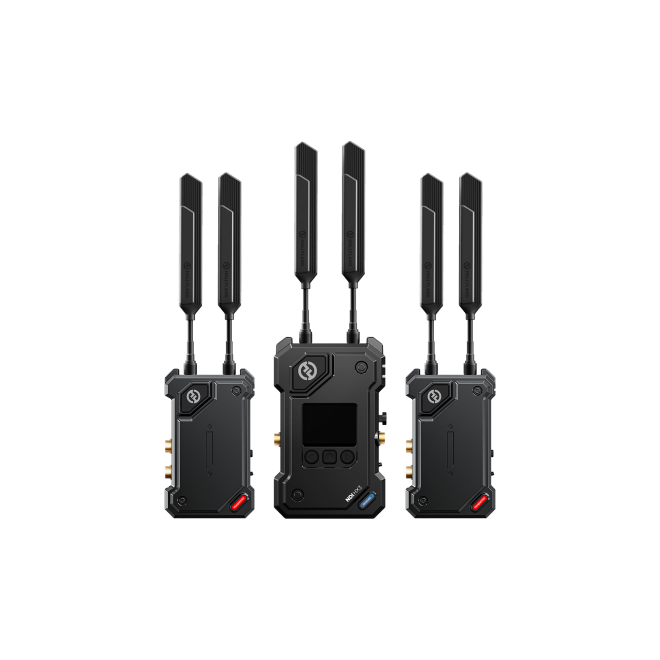
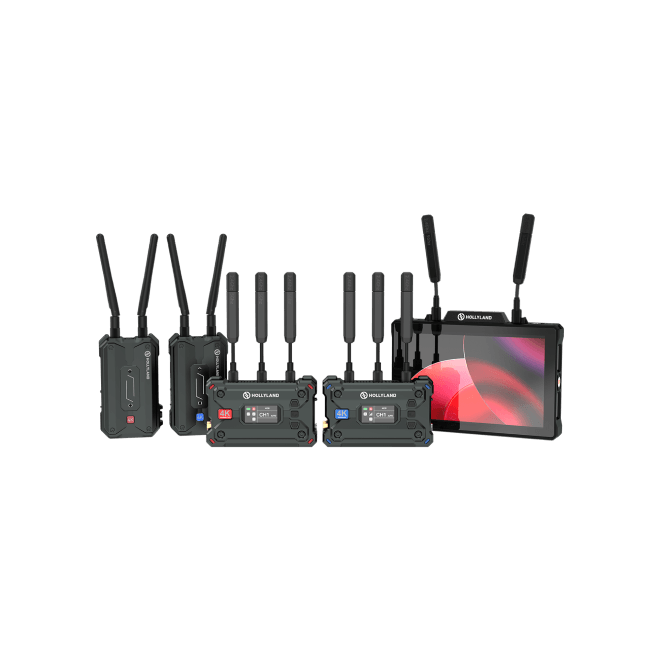
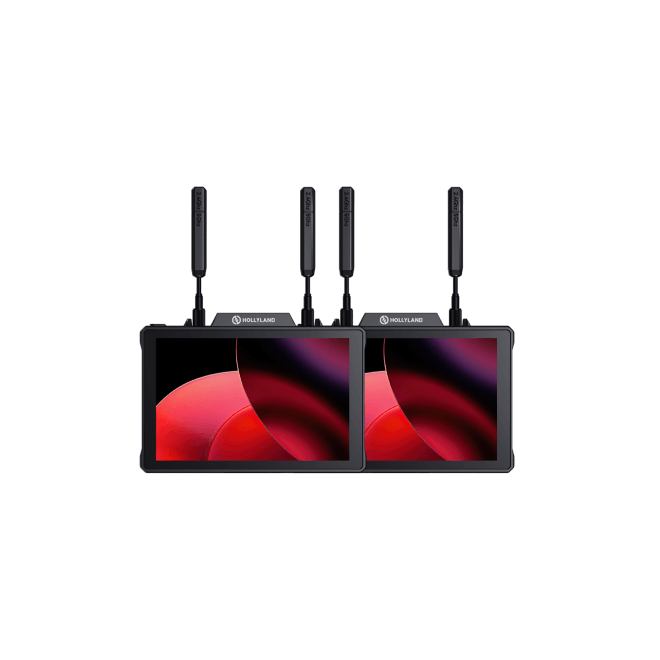
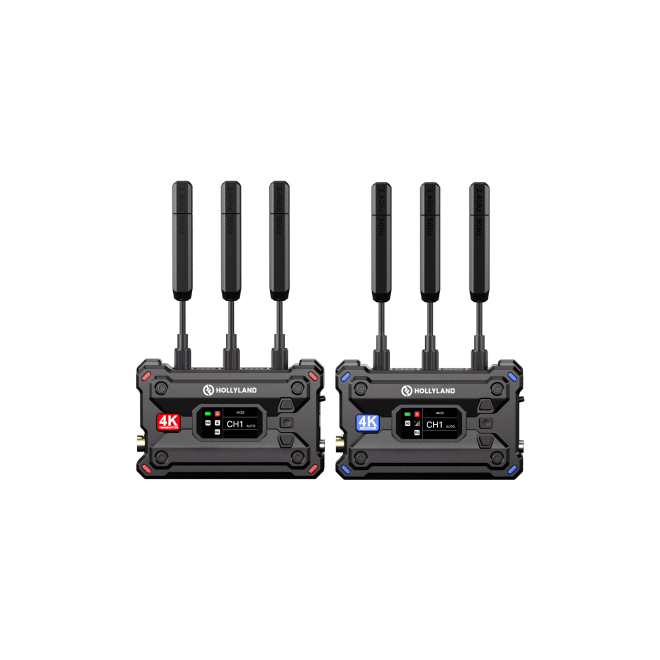
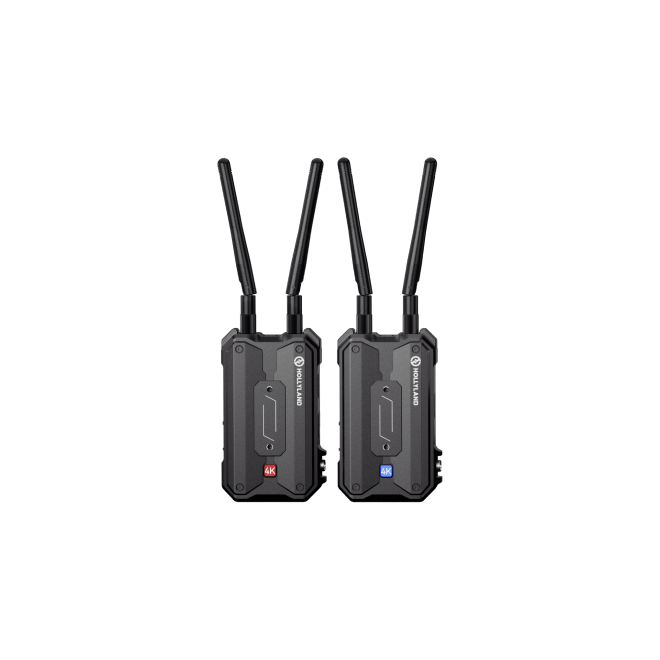
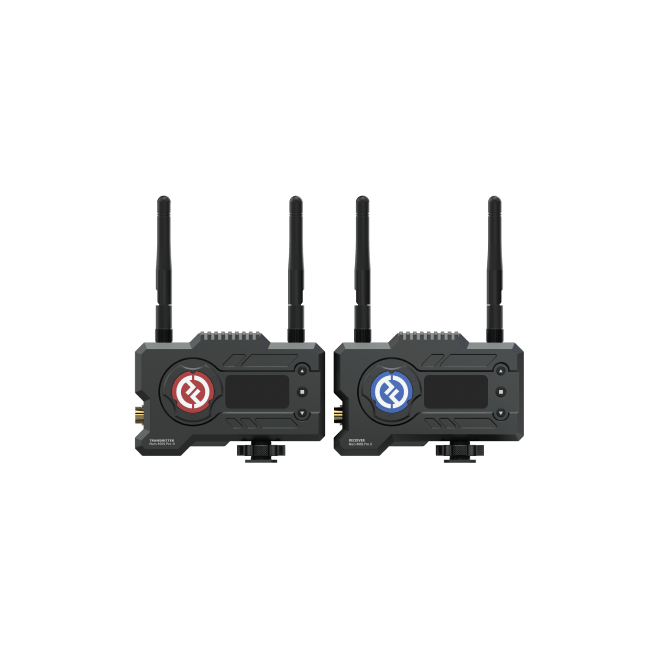


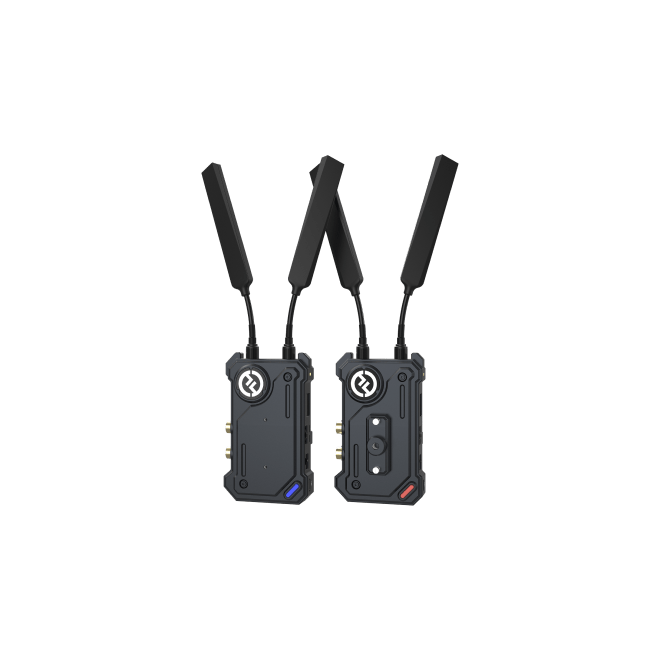
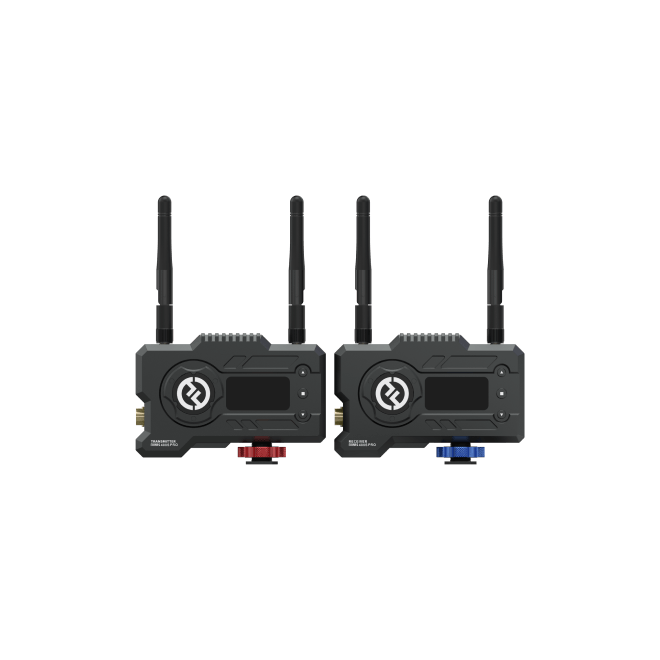
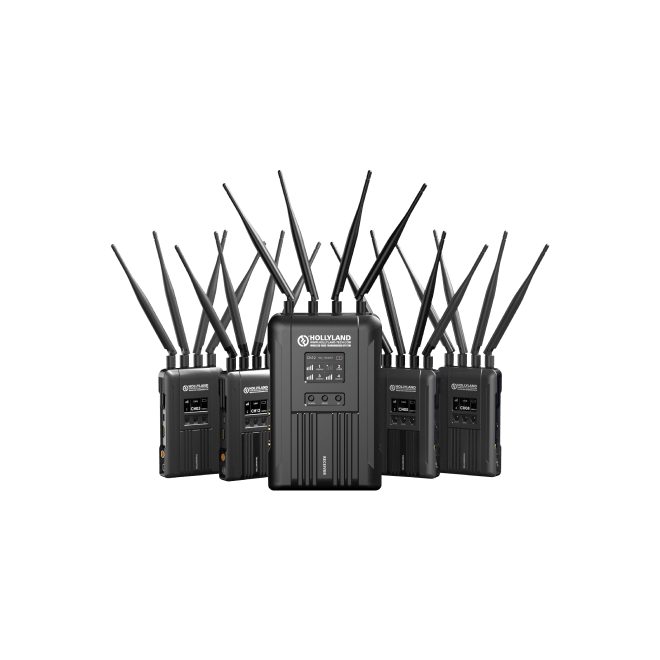

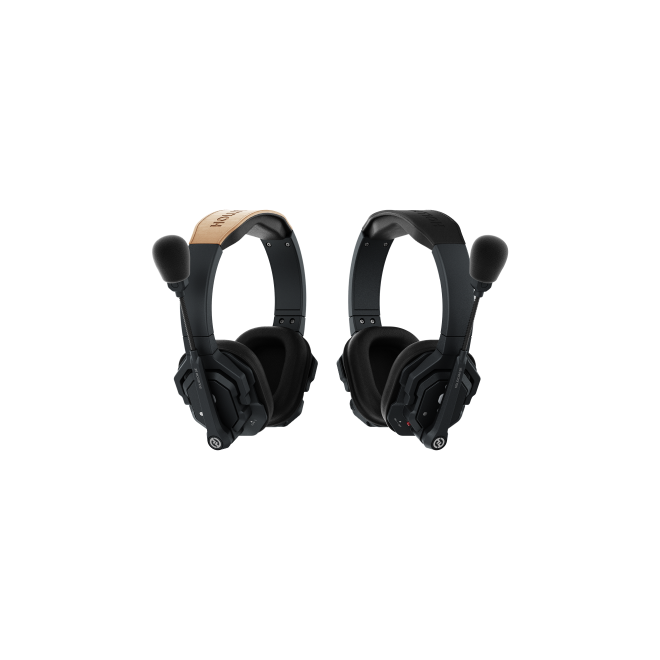


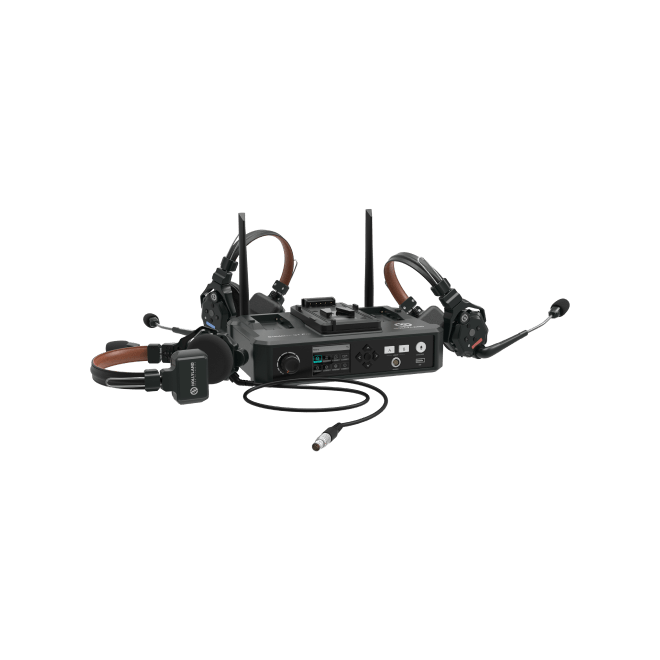
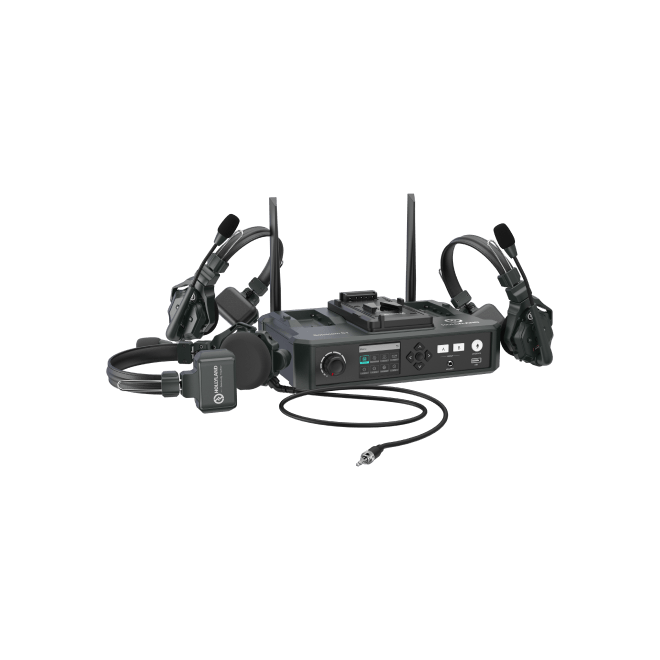

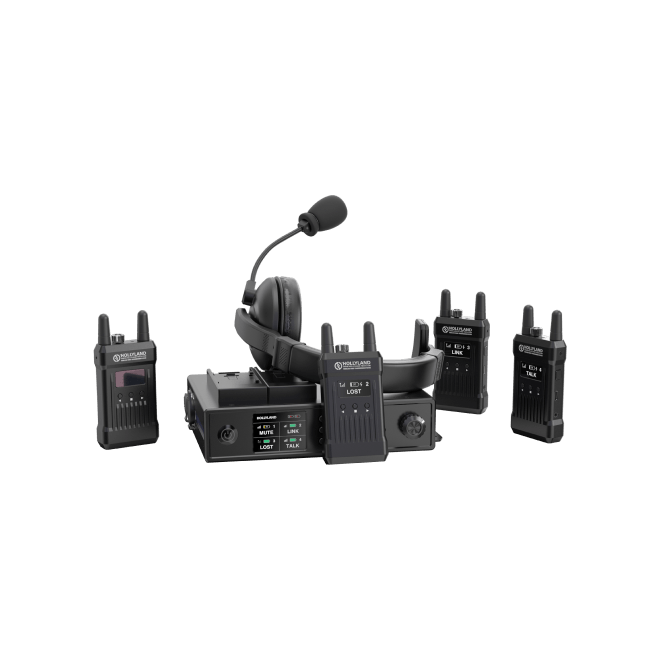
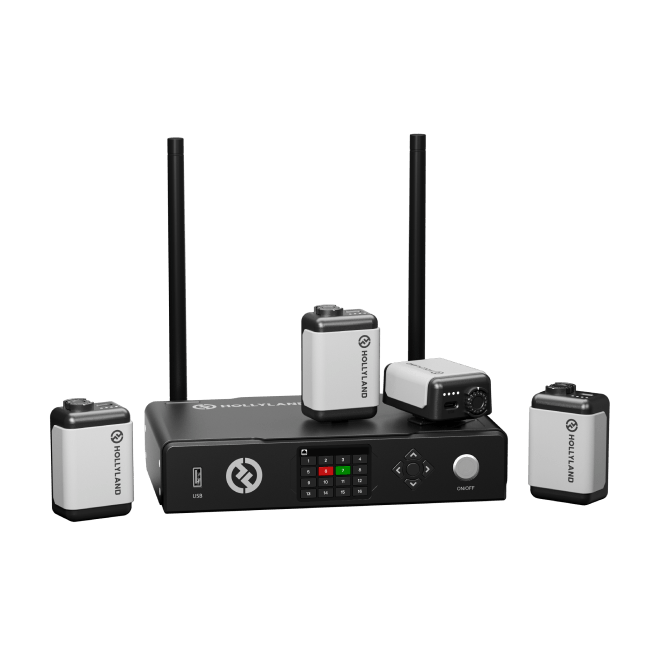
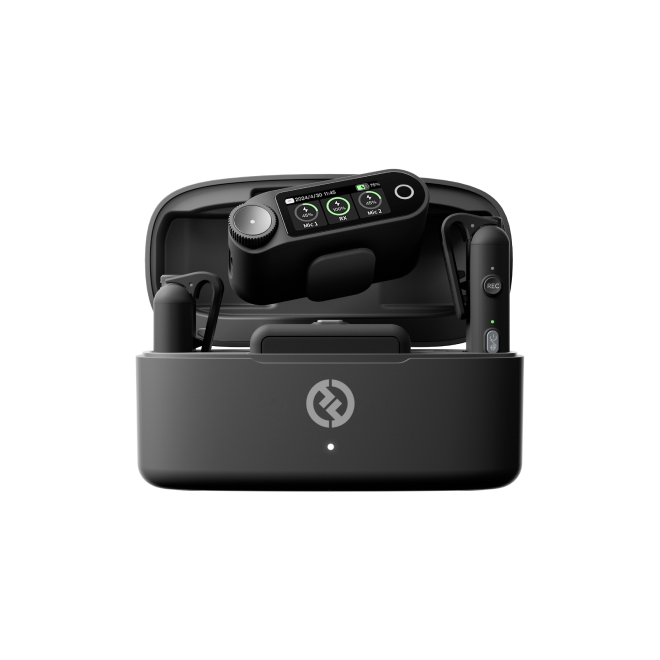


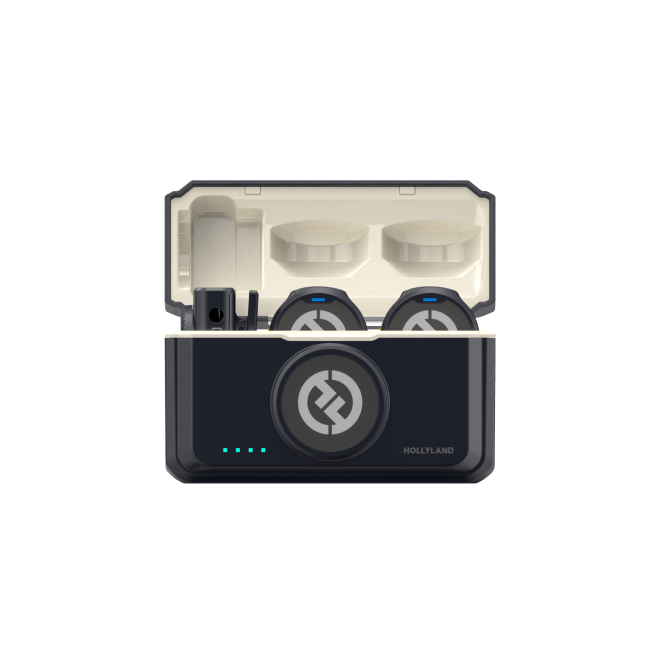
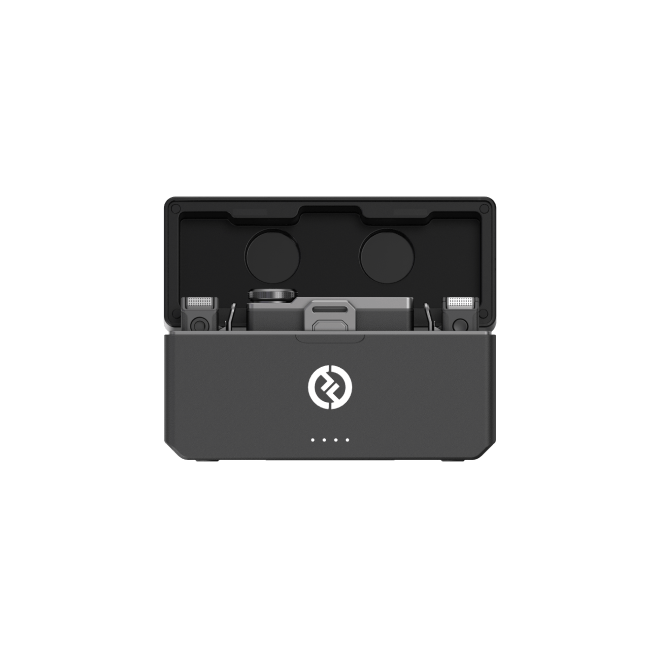
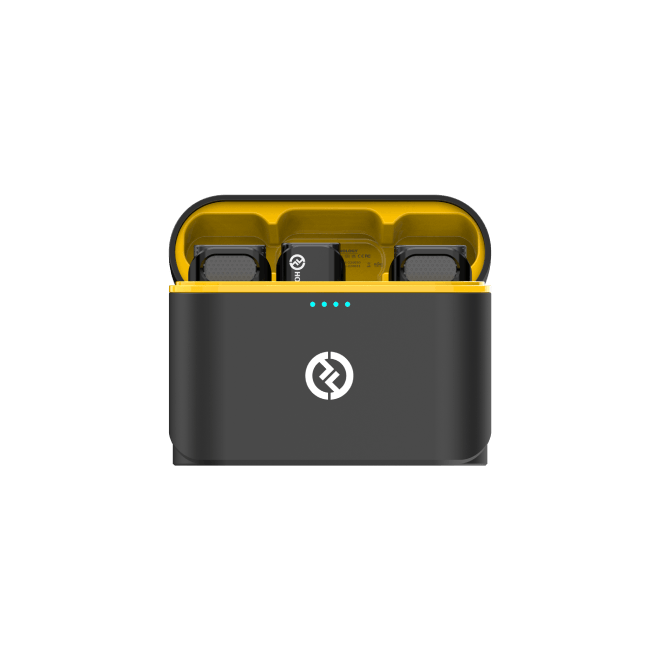
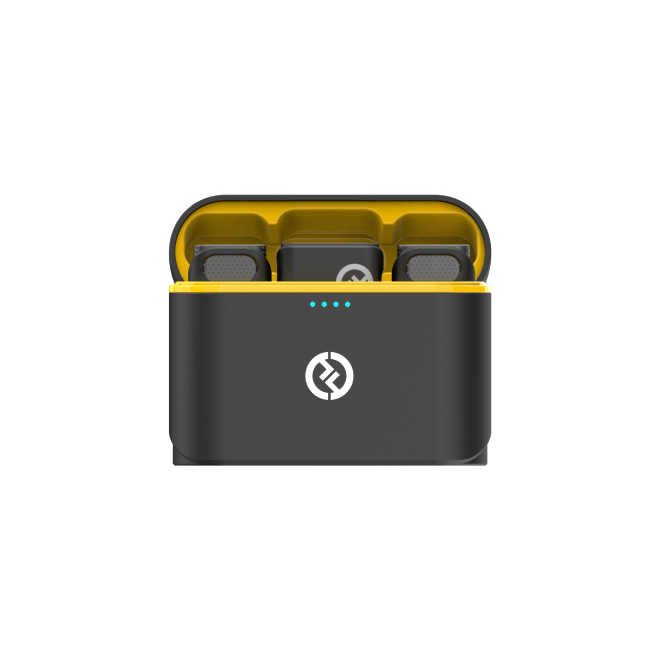
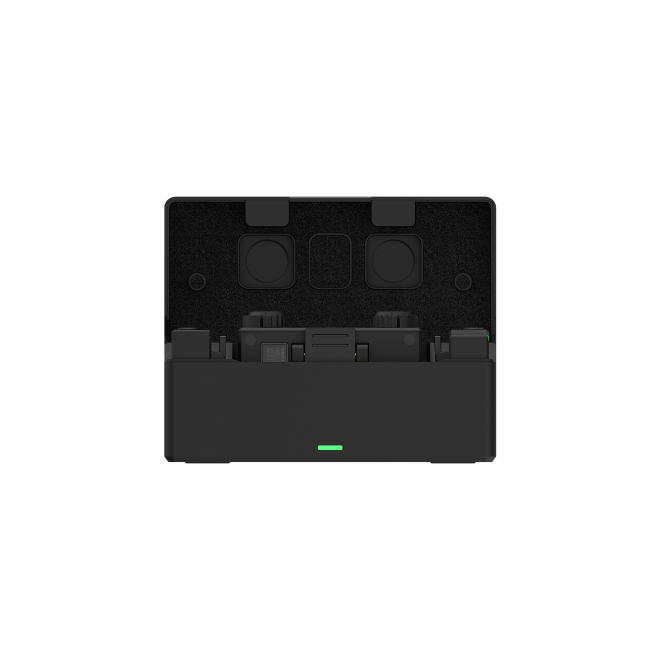
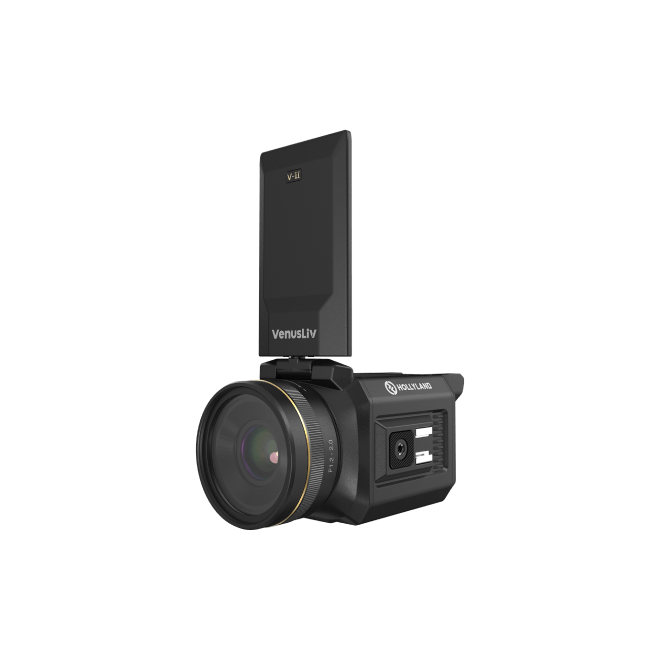
.png)


